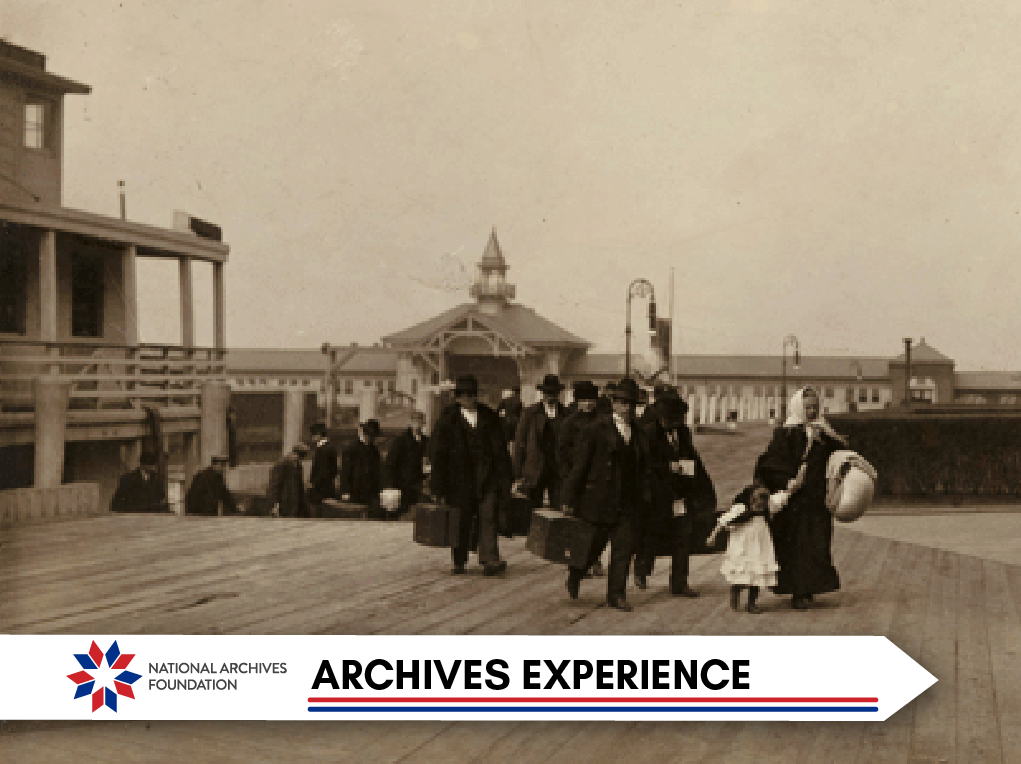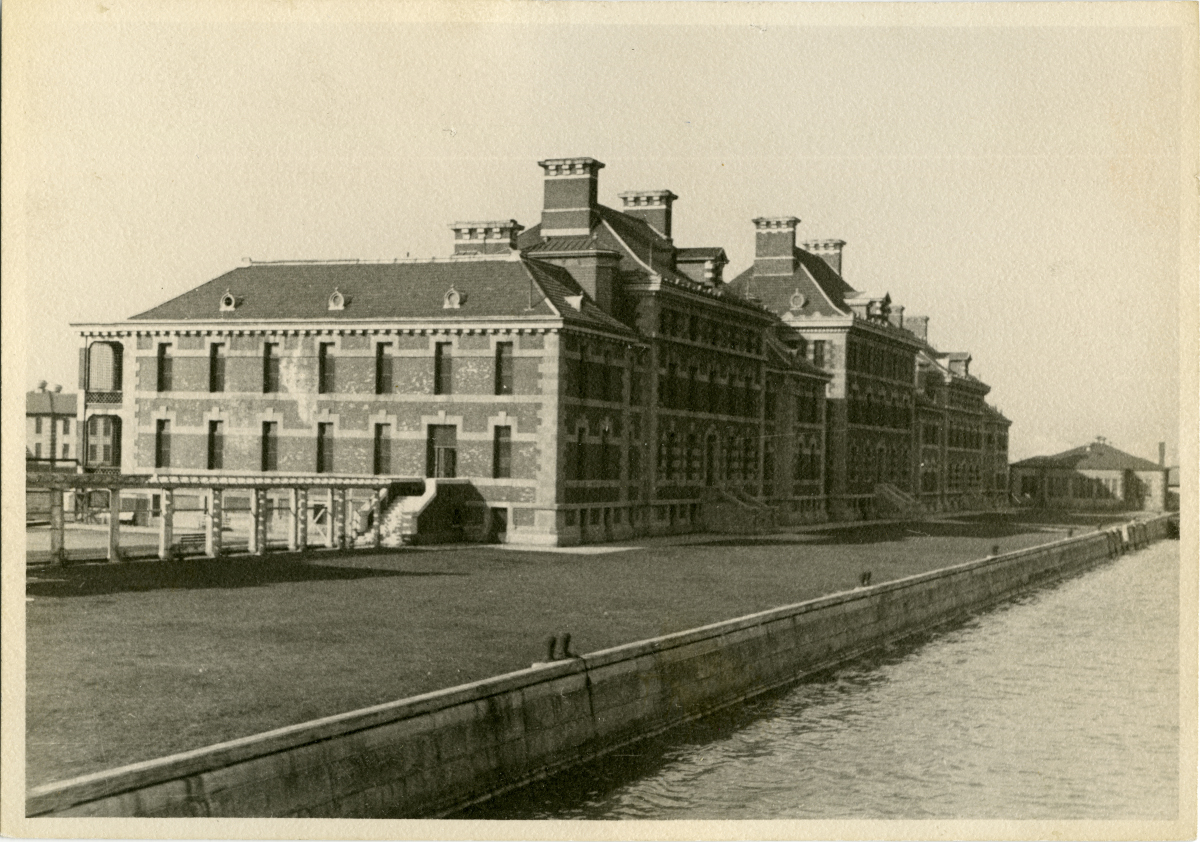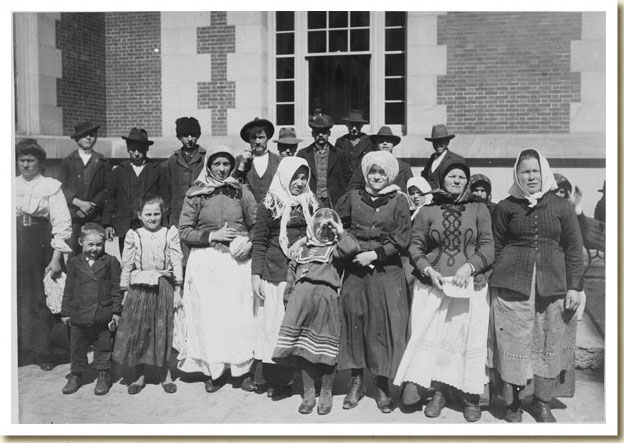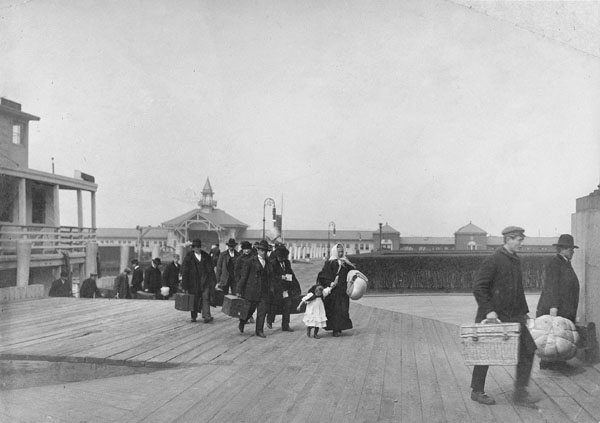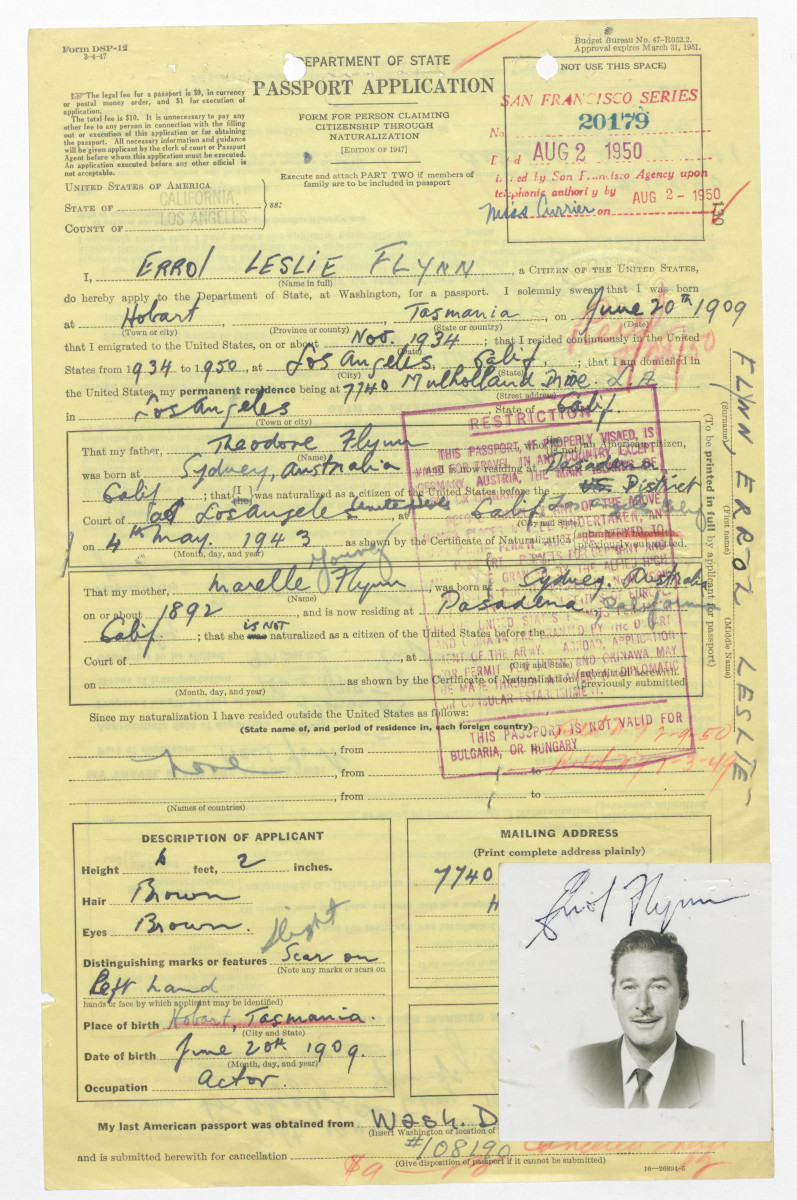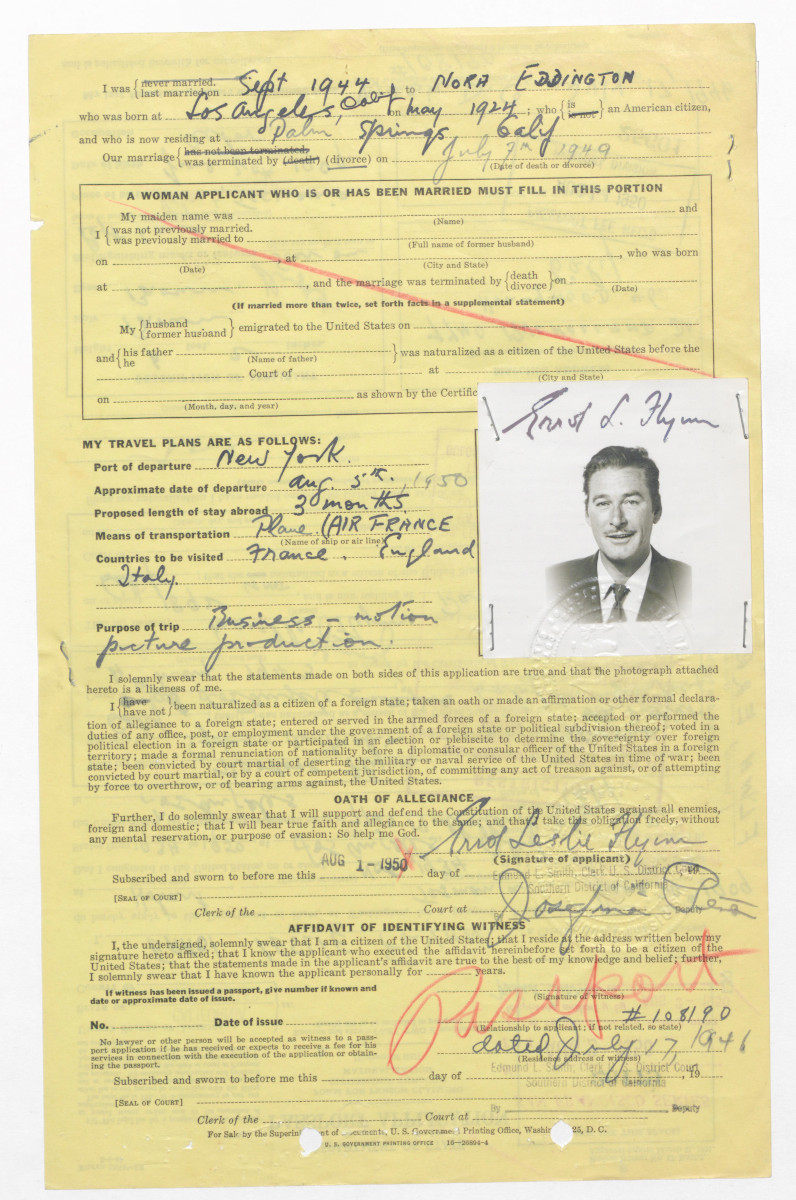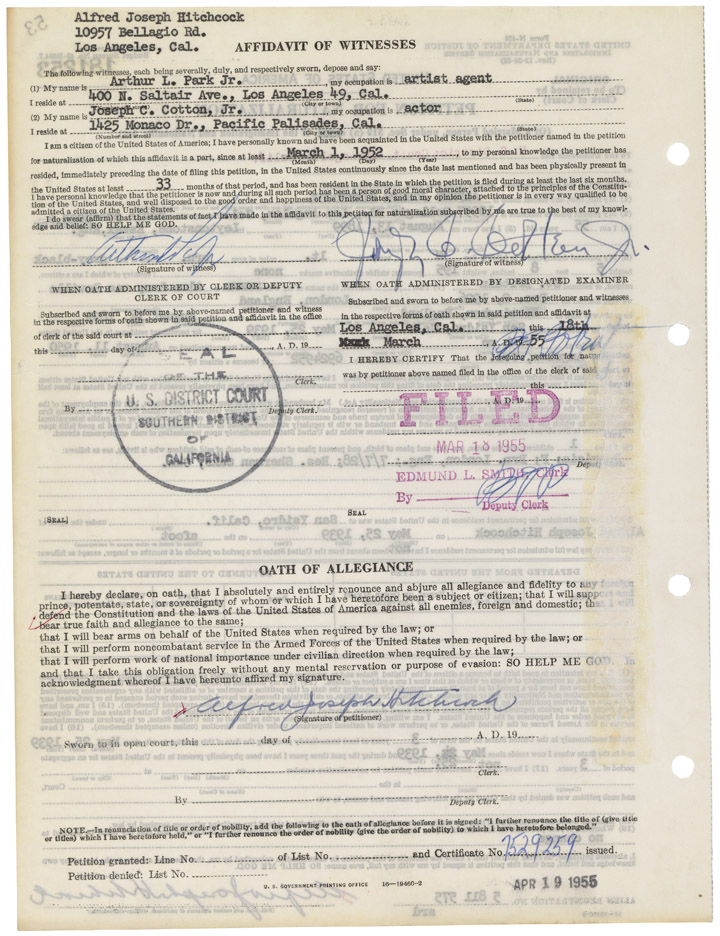Archives Experience Newsletter - January 16, 2024
Doorway to America
On July 4, 1884, France gave America a symbolic gift: the State of Liberty. On it, in part, the famous poem by Emma Lazarus:
Give me your tired, your poor,
Your huddled masses yearning to breathe free,
The wretched refuse of your teeming shore.
Send these, the homeless, tempest-tost to me,
I lift my lamp beside the golden door!
Just 8 years later, America did open a golden door, of sorts. Ellis Island served as the doorway to America for more than 12 million immigrants over 62 years. Those that passed through Ellis Island’s doors were in search of a better life–the American dream. Many Americans also have a personal connection to Ellis Island. Let’s dive into the records of the National Archives to find it…
History Snack
From 1892 until 1954, the immigration and processing station on Ellis Island, situated in New York Harbor off the southern end of Manhattan and less than a half mile from the Statue of Liberty, was the main point of entry for immigrants coming to the United States via ship, most of them from European countries. Close to 12 million people passed through the processing station on Ellis Island, including those who were refused entry.
The federal government acquired Ellis Island in 1800, and it promptly installed gun batteries there to protect New York Harbor. Prior to the War of 1812, the U.S. War Department built Fort Gibson on the eastern shore of Ellis Island to defend the harbor, and the fort remained in place until 1861, when a naval magazine was installed there. In 1890, the Federal Bureau of Immigration took possession of the island with a mandate to build a new immigration station on the site.
The bureau filled in many low-lying areas of the island, doubling the land mass, and then dredged a ferry slip and built a dock beside the site where the main building was going to be built. It revamped several older buildings that the military had constructed. On January 1, 1892, the new immigration station opened for business. The first immigrant processed was 13-year-old Annie Moore, who arrived with her two younger brothers to rejoin her parents, who had been in the U.S. for a couple of years. Her records, and those of many others who came to the U.S. seeking a better life, reside in databases that are in the care of the National Archives.
Roughly 20,000 immigrants arrived at Ellis Island each year from 1892 until 1897, when a fire destroyed all the wooden buildings in the complex. Fortunately, no one died, but the experience was sobering. The federal government announced that all the new structures that would be built on Ellis Island would be fireproof.
On December 17, 1900, the new Main Immigration Building opened. In 1901, the Kitchen and Laundry and Powerhouse buildings were completed, and the Main Hospital building opened in March 1902. It could accommodate 125 patients, but it immediately became clear that it wasn’t nearly large enough, and a Hospital Addition/Administration Building, New Hospital Extension, a Psychopathic Ward, a Contagious Diseases Hospital, and Isolation Wards were eventually added to the hospital complex.

U.S. Immigrant Building at Ellis Island
Source: NARA’s Prologue Magazine
When they arrived in New York Harbor, first- and second-class passengers were given a minimal inspection aboard their ships and then were released to travel wherever they liked. Third-class passengers, or “steerage,” as they were called, were moved from the ships by ferry to Ellis Island, where they entered the Great Hall. Legal inspectors examined their papers to make sure they were in order, and then doctors examined them to make sure they were healthy enough to release into the larger population ashore. The inspection process took between three and five hours. Interpreters who spoke all the major languages were on hand to make the process less frightening and ensure that the legal records were accurate, and the inspectors and doctors were charged with treating the immigrants with respect.
Only 2% of immigrants who entered the Great Hall were refused entry, either because they had a contagious disease, because they were determined to be unable to support themselves and thus were likely to become reliant upon state support, or because they were illegal workers.
The mass immigration period through Ellis Island lasted from 1880 until 1921. Starting with the Chinese Exclusion Act, which became law in 1882 and imposed an absolute ban on entry of any Chinese individuals into the United States for 10 years, Congress passed a series of acts that limited immigration into the United States. The Alien Contract Labor Law, passed in 1885, prohibited importation of foreigners and aliens to perform contract labor in the U.S., the District of Columbia, and U.S. territories.
But the legislation that effectively ended Ellis Island’s reign as the gateway into the eastern U.S. was the Immigration Act of 1924, which limited immigration visas to two percent of the total number of people of each nationality in the U.S. as of the 1890 census, except, of course, for immigrants from Asia, who were still completely excluded by the Chinese Exclusion Act. After passage of the 1924 Immigration Act, only war refugees, displaced persons, and people who had paperwork problems were sent there to get their issues sorted out.
By the time World War I ended, the United States had established embassies all around the world, and people who wanted to immigrate to the U.S. undertook the process at the consulates in their home countries. The immigration station at Ellis Island stayed open throughout World War II, when it served as a detention center for enemy seamen. It officially closed in November 1954.
National Archives Identifier: 81450976
National Archives Identifier: 595182

List of Passenger Arrivals from the USS Carpathia
National Archives Identifier: 300348
USCIS and the Legacy of Ellis Island
(28 minutes 55 seconds)
Source: USCIS YouTube channel





